Research Research Highlights
Research Highlights
Research Highlights
Research Highlights
Research Highlights 미리보기
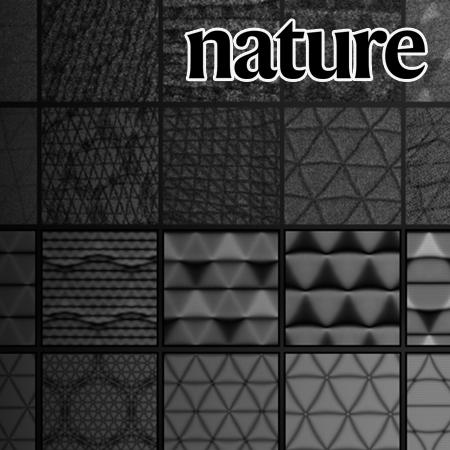
Professor Hyobin Yoo’s Research Team at SNU Develops 2D Quantum Material Platform Using Moiré Lattice Superposition
Prof. Hyobin Yoo
Seoul National University College of Engineering has announced that a joint research team led by Professor Hyobin Yoo from the Department of Materials Science and Engineering, in collaboration with Professor Young-Woo Son (Korea Institute for Advanced Study) and Professor Changwon Park (Ewha Womans University), has successfully developed a two-dimensional (2D) quantum material platform through the superposition of moiré lattices.
Research Highlights Board
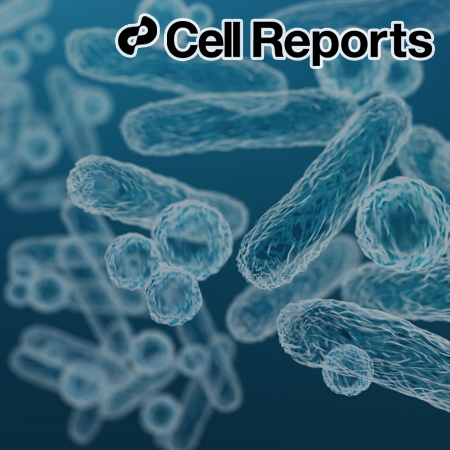
Synthetic biosensor accelerates evolution by rewiring carbon metabolism toward a specific metabolite
Prof. Sang Woo Seo
Professor Seo, Sang Woo in the School of Chemical and Biological Engineering's joint reasearch developed an original optimization technology for high value-added carbon neutral biochemical product manufacturing biofactory.

Biomimetic chameleon soft robot with artificial crypsis and disruptive coloration skin
Prof. Seung Hwan Ko
Professor Ko, Seung Hwan's research team in the Department of Mechanical Engineering has developed an artificial chameleon skin that can be concealed in various environments based on temperature-sensitized liquid crystal ink and silver nanowire heaters.
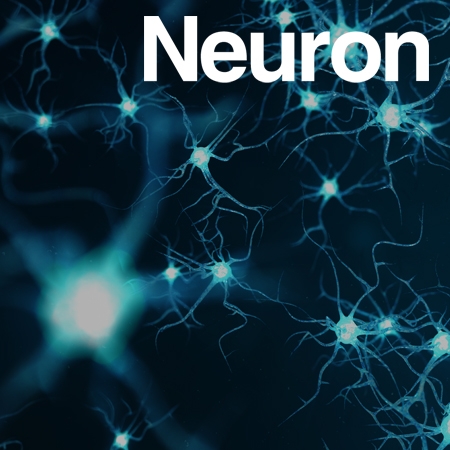
Synaptic correlates of associative fear memory in the lateral amygdala
Prof. Bong-Kiun Kaang
Professor Kaang, Bong-Kiun's research team revealed the physical changes in neurons caused by erasure of memory, using a technology called 'Dual eGRASP' that enables the distinction of synapses in which memories are stored.
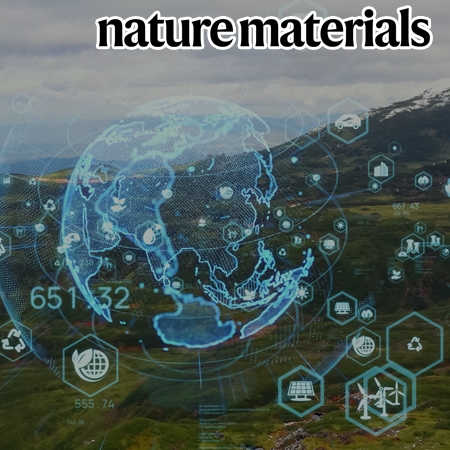
Polycrystalline SnSe with a thermoelectric figure of merit greater than the single crystal
Prof. In Chung
Professor Chung, In's team of the School of Chemical and Biological Engineering announced that they have succeeded in developing a new thermoelectric material that shows the world's highest power generating efficiency even without containing expensive elements.

Contributions of economic growth, terrestrial sinks, and atmospheric transport to the increasing atmospheric CO2 concentrations over the Korean Peninsula
Prof. Sujong Jeong
Professor Su-Jong JEONG's team of the Graduate School of Environmental Studies investigated the cause behind the rise in greenhouse gas CO2 in the Korean Peninsula(South Korea and North Korea), which is rising much more rapidly than the global level.
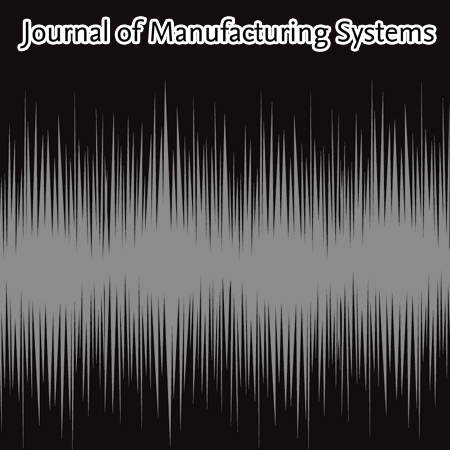
Sound-based remote real-time multi-device operational monitoring system using a Convolutional Neural Network (CNN)
Prof. Sung-Hoon Ahn
Professor Ahn, Sung-Hoon's team in the Department of Mechanical Engineering announced that they have devleoped a manufacturing process monitoring system that simultaenously detects the condition of several equipment by sound in real time.
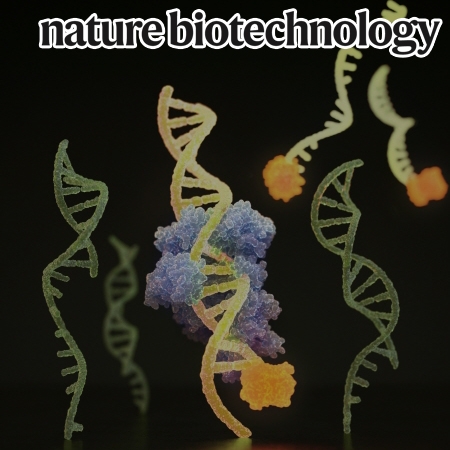
Purification of multiplex oligonucleotide libraries by synthesis and selection
Prof. Sunghoon Kwon
Professor Kwon, Sunghoon's research team from the Deparment of Electrical and Computer Engineering of Seoul National University announced that they have developed a super-parallel high-purity nucleic acid(DNA/RNA) purification technology.

Dysfunction of NMDA receptors in neuronal models of an autism spectrum disorder patient with a DSCAM mutation and in Dscam-knockout mice
Prof. Bong-Kiun Kaang
Professor Kaang, Bong-Kiun's research team in the School of Biological Sciences revealed the process in which gene mutations lead to autism phenotypes using pluripotent stem cells.
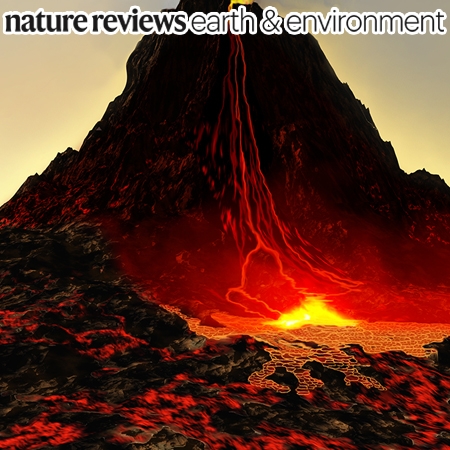
Crustal magmatic controls on the formation of porphyry copper deposits
Prof. Jung-Woo Park
Professor Park, Jung-Woo's research team in the School of Earth and Environmental Sciences presented a new integrated model for the crust-magma process that affects the formation of porphyry copper deposits.

Redox-neutral electrochemical conversion of CO2 to dimethyl carbonate
Prof. Ki Tae Nam
Professor Nam, Ki Tae's team of the Department of Materials Science and Engineering announced that they have succeeded in synthesizing carbon dioxide into carbonate for fuel, a new concept of carbon-neutral fuel.

Spectroscopic Detection of Alfvénic Waves in the Chromosphere of Sunspot Regions
Prof. Jongchul Chae
Transverse magnetohydrodynamic waves often called Alfvénic (or kink) waves have been often theoretically put forward to solve the outstanding problems of the solar corona like coronal heating, solar wind acceleration, and chemical abundance enhancement.


